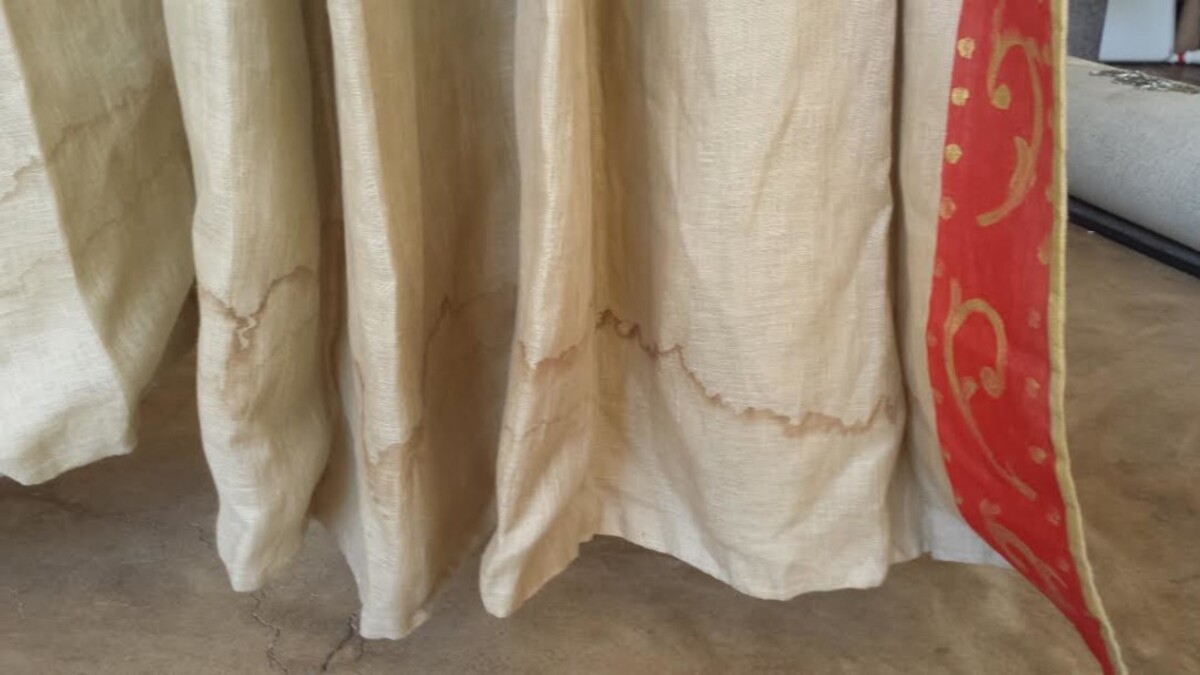

Articles
How To Get Water Stains Out Of Curtains
Modified: October 18, 2024
Learn effective techniques to remove water stains from curtains with these informative articles. Discover easy step-by-step methods to restore the beauty of your curtains and create a fresh look for your home.
(Many of the links in this article redirect to a specific reviewed product. Your purchase of these products through affiliate links helps to generate commission for Storables.com, at no extra cost. Learn more)
Introduction
Welcome to the ultimate guide on how to get water stains out of curtains! There’s nothing more frustrating than discovering unsightly water stains on your beautiful curtains. Whether it’s due to a leaky window, a spill, or excessive humidity, water stains can quickly ruin the appearance of your curtains.
But fear not! With the right knowledge and techniques, you can easily remove these stubborn stains and restore the pristine look of your curtains. In this article, we will explore various methods using common household ingredients to tackle water stains effectively. So, let’s dive in!
Key Takeaways:
- Say goodbye to water stains on curtains with natural ingredients like vinegar, baking soda, and lemon juice. Follow care instructions and take preventive measures for pristine curtains.
- Prepare, test, and choose the right method to remove water stains from curtains. Use commercial stain removers cautiously and prevent future stains with waterproof curtains and regular maintenance.
Read more: How To Get Water Stain Out Of Wood Floor
Understanding Water Stains on Curtains
Before we delve into the methods of removing water stains from curtains, it’s important to understand what causes these stains in the first place. Water stains occur when moisture, such as rain, condensation, or spilled liquid, penetrates the fabric and dries, leaving behind a visible mark.
The severity and visibility of water stains depend on various factors such as the fabric type, the color of the curtains, and the duration of exposure to water. Light-colored curtains tend to show water stains more prominently than darker ones.
In addition to their unsightly appearance, water stains can also lead to mold and mildew growth if not addressed promptly. This can further damage the fabric and result in an unpleasant odor.
It’s important to note that certain fabrics, such as silk or delicate embroidered curtains, may require special care and professional cleaning. Always check the care instructions provided with your curtains before attempting any stain removal method.
Now that we have a better understanding of water stains on curtains, let’s move on to the next section, where we will learn how to prepare the curtain for stain removal.
Preparing the Curtain for Stain Removal
Before you start applying any stain removal method to your curtains, it’s important to properly prepare them for the process. Here is a step-by-step guide to help you prepare your curtains for stain removal:
- Remove the curtains: Take down the curtains from the rod or hook and lay them out on a clean surface. This will make it easier to work on the stained areas.
- Check the care instructions: Refer to the care label on your curtains to determine the suitable cleaning method. Different fabric types may require different approaches, so it’s important to follow the manufacturer’s guidelines.
- Pre-treat the stains: If the stains are fresh or still damp, gently blot the area with a clean, absorbent cloth or paper towel to absorb as much moisture as possible. Avoid rubbing the stains, as it can spread them further.
- Vacuum or dust: Use a vacuum cleaner with a brush attachment or a soft-bristle brush to remove any loose dirt, dust, or debris from the curtains. This step will help ensure that the stain removal process is more effective.
- Test a small area: Before applying any stain remover to the entire curtain, it’s always a good idea to test it on a small, inconspicuous area first. This will allow you to check for any adverse reactions or color fading.
By following these preparation steps, you will ensure that the stain removal process is safer and more efficient. Once you have completed these steps, you are ready to move on to the next section, where we will discuss different methods to remove water stains from curtains.
Using Vinegar to Remove Water Stains
Vinegar is a versatile household ingredient that can be highly effective in removing water stains from curtains. Its acidic properties help break down and dissolve the minerals and residues left behind by water.
Here’s how you can use vinegar to remove water stains from your curtains:
- Prepare a vinegar solution: Mix equal parts of white vinegar and water in a spray bottle. This will create a mild yet effective cleaning solution.
- Spray the stained area: Gently spray the vinegar solution directly onto the water stains, making sure to saturate the affected area. Allow the solution to penetrate the fabric for a few minutes, but avoid oversaturating the curtains.
- Blot the stains: Take a clean cloth or sponge and blot the stained area, working from the outside of the stain towards the center. This will help lift the water stains and transfer them onto the cloth.
- Rinse or wash the curtains: Once you’ve successfully removed the water stains, rinse the curtains thoroughly with clean water or follow the care instructions for washing. This will help remove any residual vinegar smell and ensure the curtains are clean and fresh.
- Dry the curtains: After rinsing or washing, hang the curtains to air dry or follow the care instructions for drying. Avoid using high heat or direct sunlight, as it can damage the fabric.
Using vinegar to remove water stains is an affordable and eco-friendly option, as vinegar is a natural cleaning agent. However, it’s important to exercise caution when using vinegar on delicate or sensitive fabrics. Always test the vinegar solution on a small, inconspicuous area first to ensure it doesn’t cause any damage or discoloration.
Now that you know how to use vinegar to remove water stains, let’s explore another popular method – using baking soda.
Using Baking Soda to Remove Water Stains
Baking soda is another powerful and natural ingredient that can effectively remove water stains from curtains. Its mild abrasive properties help to gently scrub away stains and restore the fabric’s original appearance.
Follow these steps to use baking soda for removing water stains from curtains:
- Create a baking soda paste: In a small bowl, mix baking soda with enough water to form a thick paste. The consistency should be similar to toothpaste.
- Apply the paste to the stains: Using a clean cloth or a soft-bristle brush, apply the baking soda paste directly onto the water stains. Gently rub the paste onto the stained areas in a circular motion, ensuring that the paste covers the entire stain.
- Let it sit: Allow the baking soda paste to sit on the stains for about 15-30 minutes. This will give the baking soda enough time to absorb the moisture and break down the stains.
- Scrub and rinse: After the designated time has passed, use a clean cloth or sponge to gently scrub the stained areas. Rinse the curtains with clean water to remove the baking soda residue.
- Dry the curtains: Hang the curtains to air dry or follow the care instructions for drying. Avoid using high heat or direct sunlight to prevent any damage to the fabric.
Baking soda is a safe and natural alternative to harsh chemicals, making it suitable for various types of fabrics. However, it’s always recommended to test the baking soda paste on a small, inconspicuous area first to ensure it doesn’t cause any discoloration or damage.
Now that you know how to use baking soda effectively, let’s explore another method using lemon juice.
Mix equal parts of white vinegar and water, then dab the solution onto the water stains using a clean cloth. Let it sit for a few minutes before blotting with a dry cloth. Repeat as needed until the stains are gone.
Read more: How To Get Stains Out Of A Duvet
Using Lemon Juice to Remove Water Stains
Lemon juice is not only a refreshing citrus fruit but also a natural stain remover. Its acidic properties help break down water stains and restore the brightness of your curtains. Additionally, lemon juice leaves behind a fresh, citrusy scent.
Follow these steps to use lemon juice for removing water stains from curtains:
- Prepare a lemon juice solution: Squeeze fresh lemon juice into a small bowl and dilute it with an equal amount of water. This will create a mild yet effective cleaning solution.
- Apply the solution: Dip a clean cloth or sponge into the lemon juice solution and gently dab it onto the water stains. Make sure to cover the stains completely with the solution, allowing it to penetrate the fabric.
- Leave it to sit: Let the lemon juice solution sit on the stains for about 15-30 minutes. This will give the lemon juice enough time to break down the mineral deposits and lift the water stains.
- Gently scrub and rinse: After the designated time has passed, take a clean cloth or sponge and gently scrub the stains in a circular motion. Rinse the curtains with clean water to remove any remaining lemon juice.
- Dry the curtains: Hang the curtains to air dry or follow the care instructions for drying. Avoid using high heat or direct sunlight to prevent any damage to the fabric.
Lemon juice is a natural and environmentally friendly option for removing water stains from curtains. However, like other acidic ingredients, it’s essential to test the lemon juice solution on a small, inconspicuous area first to ensure it doesn’t cause any discoloration or damage to the fabric.
Now that you know how to use lemon juice effectively, let’s explore another method using hydrogen peroxide.
Using Hydrogen Peroxide to Remove Water Stains
Hydrogen peroxide is a powerful stain remover that can effectively tackle water stains on curtains. Its bleaching properties help to lift stains and restore the fabric’s original color. However, it’s important to note that hydrogen peroxide should only be used on white or colorfast fabrics, as it can cause fading or discoloration.
Here’s how you can use hydrogen peroxide to remove water stains from curtains:
- Check the fabric and colorfastness: Before using hydrogen peroxide, check the fabric and the care label on your curtains. Hydrogen peroxide is suitable for white or colorfast fabrics. If in doubt, test a small, inconspicuous area first to ensure it doesn’t cause any damage or discoloration.
- Dilute the hydrogen peroxide: In a spray bottle, mix equal parts of hydrogen peroxide and water to create a solution. This will help to minimize the strength and potential bleaching effects of pure hydrogen peroxide.
- Spray the solution: Lightly spray the hydrogen peroxide solution onto the water stains, ensuring that you cover the affected area. Avoid oversaturating the curtains, as it may cause damage or bleach the fabric.
- Wait and blot: Allow the hydrogen peroxide solution to sit on the stains for about 10-15 minutes. This will give the hydrogen peroxide enough time to break down the stains. Afterward, gently blot the stains with a clean cloth or sponge, working from the outside of the stain towards the center.
- Rinse or wash the curtains: Once you’ve successfully removed the water stains, rinse the contaminated area with clean water or launder the curtains according to the care instructions.
- Dry the curtains: Hang the curtains to air dry or follow the care instructions for drying. Avoid using high heat or direct sunlight, as it can damage the fabric.
Hydrogen peroxide can be an effective solution for stubborn water stains, but it’s crucial to exercise caution when using it. Always test it on a small, inconspicuous area first and follow the manufacturer’s guidelines for dilution and usage.
Now that you are familiar with how to use hydrogen peroxide to remove water stains, let’s explore other options, such as commercial stain removers, in the next section.
Using Commercial Stain Removers
If you prefer a ready-made solution, commercial stain removers can be a convenient option for removing water stains from curtains. These products are specifically designed to tackle various types of stains, including water stains, and often provide quick and effective results.
Here are the general steps to use a commercial stain remover on your curtains:
- Read the instructions: Before using any commercial stain remover, carefully read and follow the instructions provided by the manufacturer. Different products may have specific guidelines and usage recommendations.
- Spot test: Conduct a spot test on a small, inconspicuous area of the curtains to ensure that the stain remover doesn’t cause any damage or discoloration.
- Apply the stain remover: Following the instructions, apply the stain remover directly to the water stains on your curtains. Make sure to cover the entire stain, and gently rub or blot the product into the fabric using a clean cloth or sponge.
- Let it work: Allow the stain remover to work on the water stains for the recommended duration mentioned in the instructions. This will give the product enough time to break down the stains.
- Rinse or wash the curtains: After the designated time, rinse the affected area with clean water or launder the curtains according to the care instructions. This step will help remove any residual stain remover from the fabric.
- Dry the curtains: Finally, hang the curtains to air dry or follow the drying instructions provided with the curtains.
Commercial stain removers can be effective and convenient for tackling water stains on curtains. However, it’s important to select a product that is suitable for your fabric type and to follow the instructions carefully to achieve the best results. Always test in a small area before using the product on a larger scale.
Now that you are familiar with using commercial stain removers, let’s move on to the next section, where we will explore tips on preventing future water stains on your curtains.
Preventing Future Water Stains on Curtains
While it’s important to know how to remove water stains from curtains, it’s equally vital to take preventive measures to avoid future stains. Here are some tips to help you protect your curtains and prevent water stains:
- Use waterproof curtains: Consider using curtains made from waterproof or water-resistant materials. These fabrics are designed to repel water, making them less prone to staining and damage.
- Close windows during rain: If you know it’s going to rain, be proactive and close your windows to prevent water from splashing onto your curtains. This simple step can go a long way in preserving the cleanliness of your curtains.
- Address leaks promptly: If you notice any leaks in your windows or ceiling, make sure to address them immediately. Repairing leaks and fixing any underlying issues will help prevent water from seeping into your curtains and causing stains.
- Use curtain liners: Consider using curtain liners, which are often made from water-resistant materials, to provide an extra layer of protection for your curtains. Liners can help prevent direct contact between the fabric and water.
- Avoid placing plants near curtains: Keep potted plants away from your curtains to prevent accidental water spills. If you do have plants nearby, make sure they are well-watered and don’t overflow onto your curtains.
- Be cautious with food and drinks: Keep food and beverages away from your curtains to avoid spills. Accidental spills can lead to water stains and may be more difficult to remove than fresh water stains.
- Regularly clean curtains: Don’t wait for stains to accumulate before cleaning your curtains. Regularly dust, vacuum, or gently hand wash your curtains according to the care instructions to remove any dirt, dust, or potential water stains.
By implementing these preventive measures, you can significantly reduce the risk of water stains on your curtains and keep them looking beautiful for longer.
Now that we have explored ways to prevent future water stains, let’s conclude this comprehensive guide on removing water stains from curtains.
Read more: How To Get Stains Out Of A Blanket
Conclusion
Water stains on curtains can be unsightly and frustrating to deal with, but with the right techniques, they can be effectively removed. In this comprehensive guide, we have explored various methods to tackle water stains, including using vinegar, baking soda, lemon juice, hydrogen peroxide, and commercial stain removers.
It’s essential to properly prepare your curtains before attempting any stain removal method. This includes checking the fabric type and care instructions, pre-treating the stains, and conducting a spot test to ensure compatibility with the chosen method.
Whether you opt for natural ingredients like vinegar, baking soda, or lemon juice, or choose commercial stain removers, each method has its advantages and precautions. It’s important to follow the instructions carefully and exercise caution to prevent any damage or discoloration to your curtains.
Furthermore, taking preventive measures can help minimize the risk of future water stains. Using waterproof curtains, closing windows during rain, addressing leaks promptly, and using curtain liners are all effective ways to protect your curtains from water damage.
Regular cleaning and maintenance are also crucial in preserving the appearance and longevity of your curtains. Dusting, vacuuming, and following the care instructions for washing can help prevent dirt and dust buildup that can lead to water stains.
Remember, prevention is key, but if water stains do occur, don’t panic. Armed with the knowledge and techniques outlined in this guide, you can confidently tackle water stains on your curtains and restore them to their original beauty.
So, say goodbye to those pesky water stains, and enjoy the fresh and clean look of your curtains once again!
Now that you've tackled those pesky water stains on curtains, why not give your bathroom a refresh too? Stains on toilet seats can be unsightly and tough, but with the right know-how, they're no match for you. Dive into our guide on how to effectively get stains off toilet seats, ensuring your whole home looks spick and span. We're here to guide you through each step, making sure you handle even the stubbornest marks with ease.
Frequently Asked Questions about How To Get Water Stains Out Of Curtains
Was this page helpful?
At Storables.com, we guarantee accurate and reliable information. Our content, validated by Expert Board Contributors, is crafted following stringent Editorial Policies. We're committed to providing you with well-researched, expert-backed insights for all your informational needs.
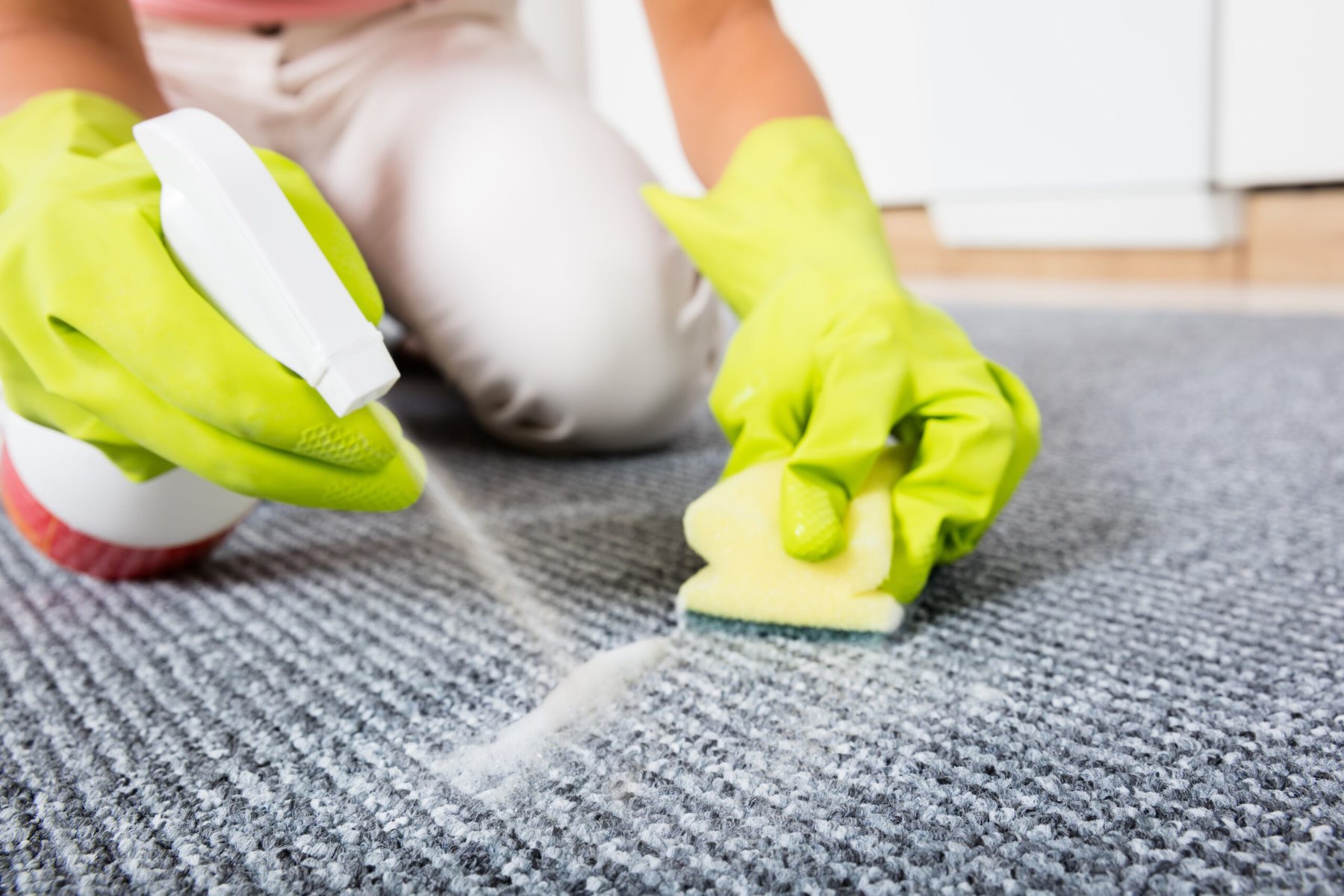
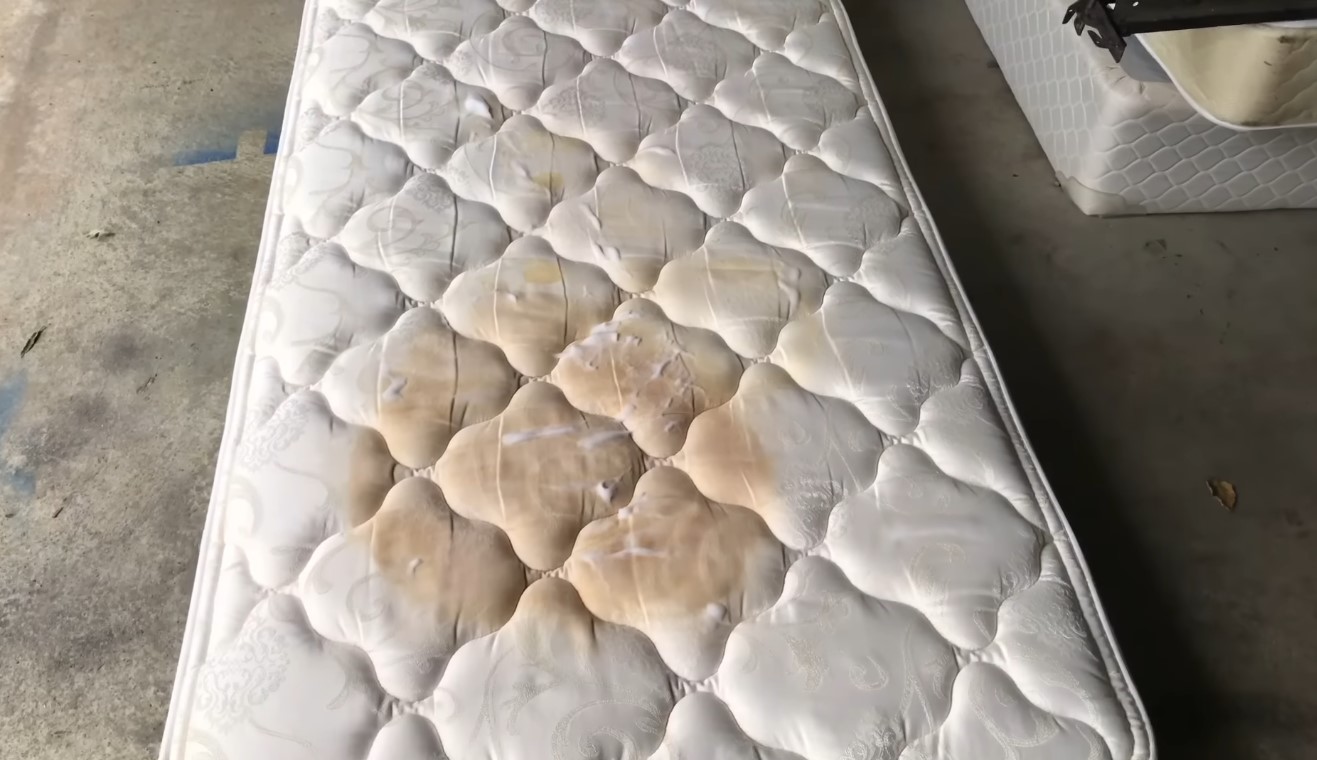
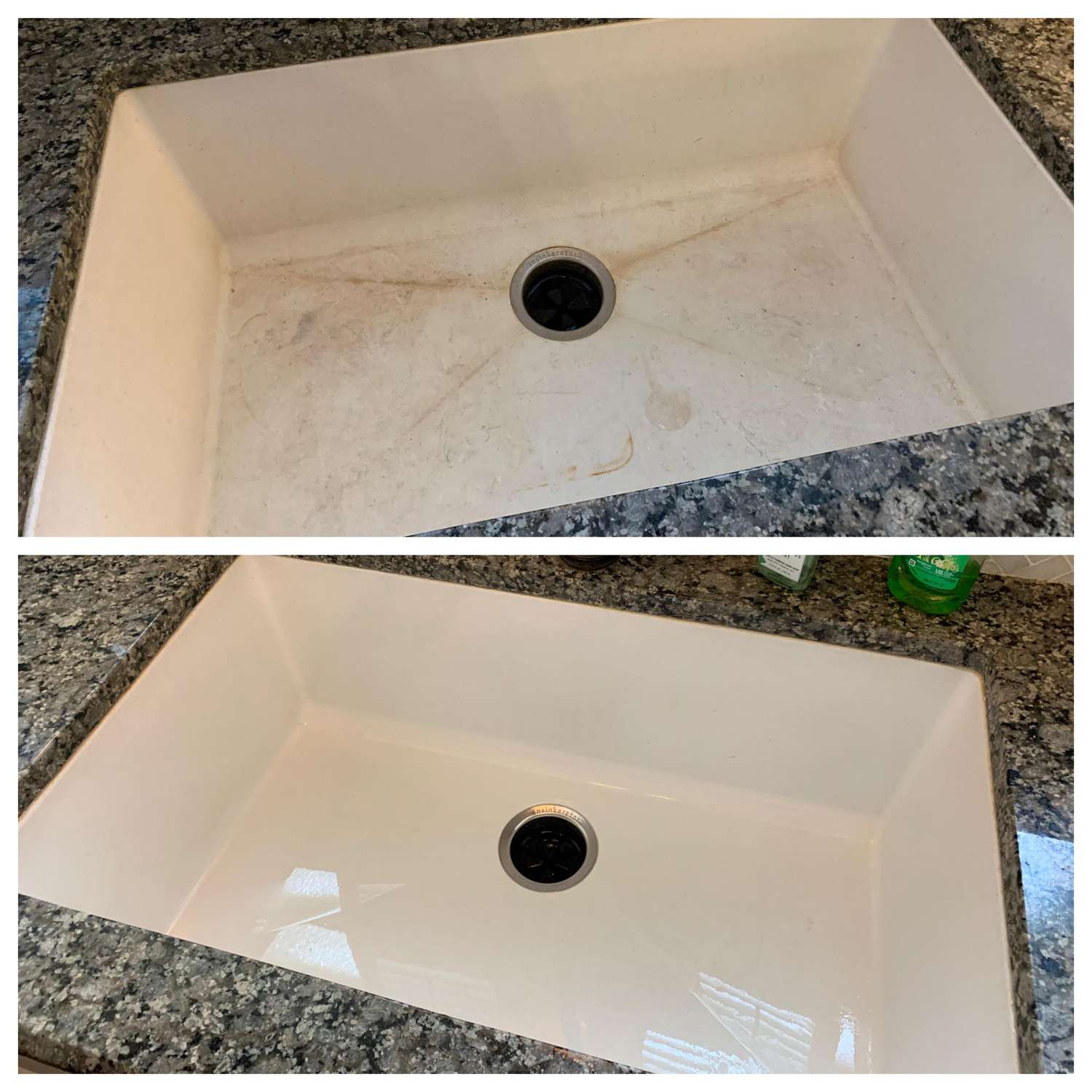
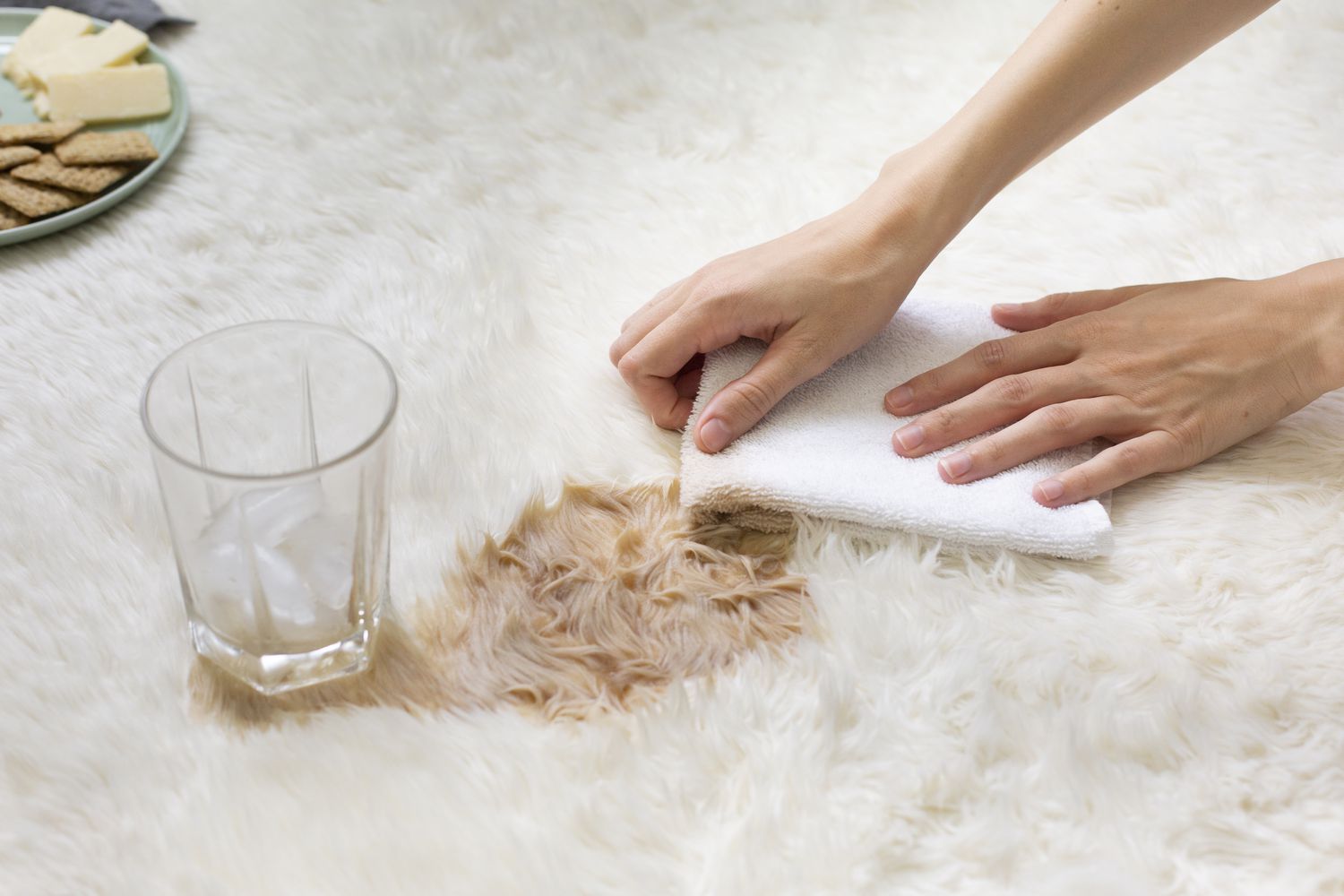
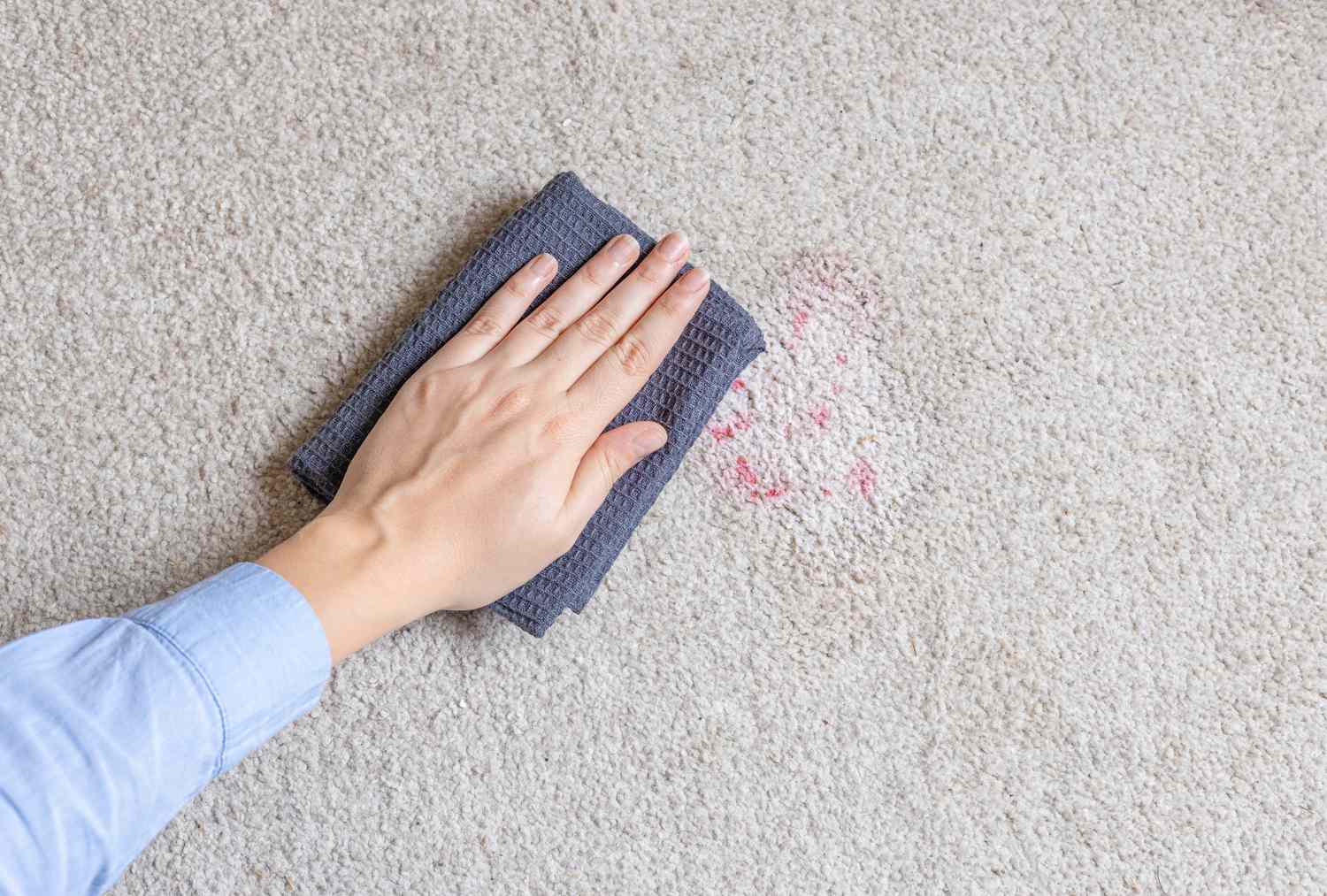
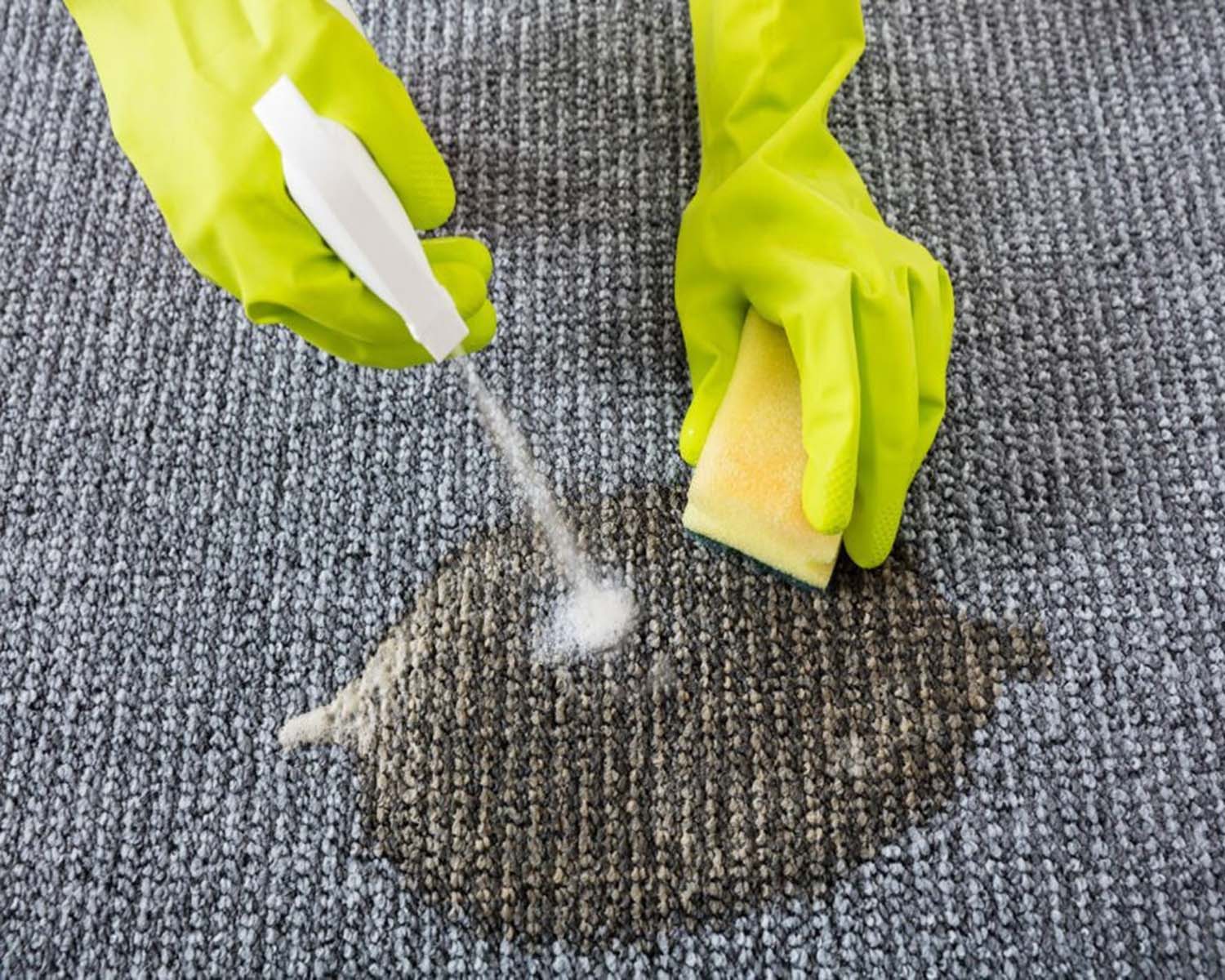
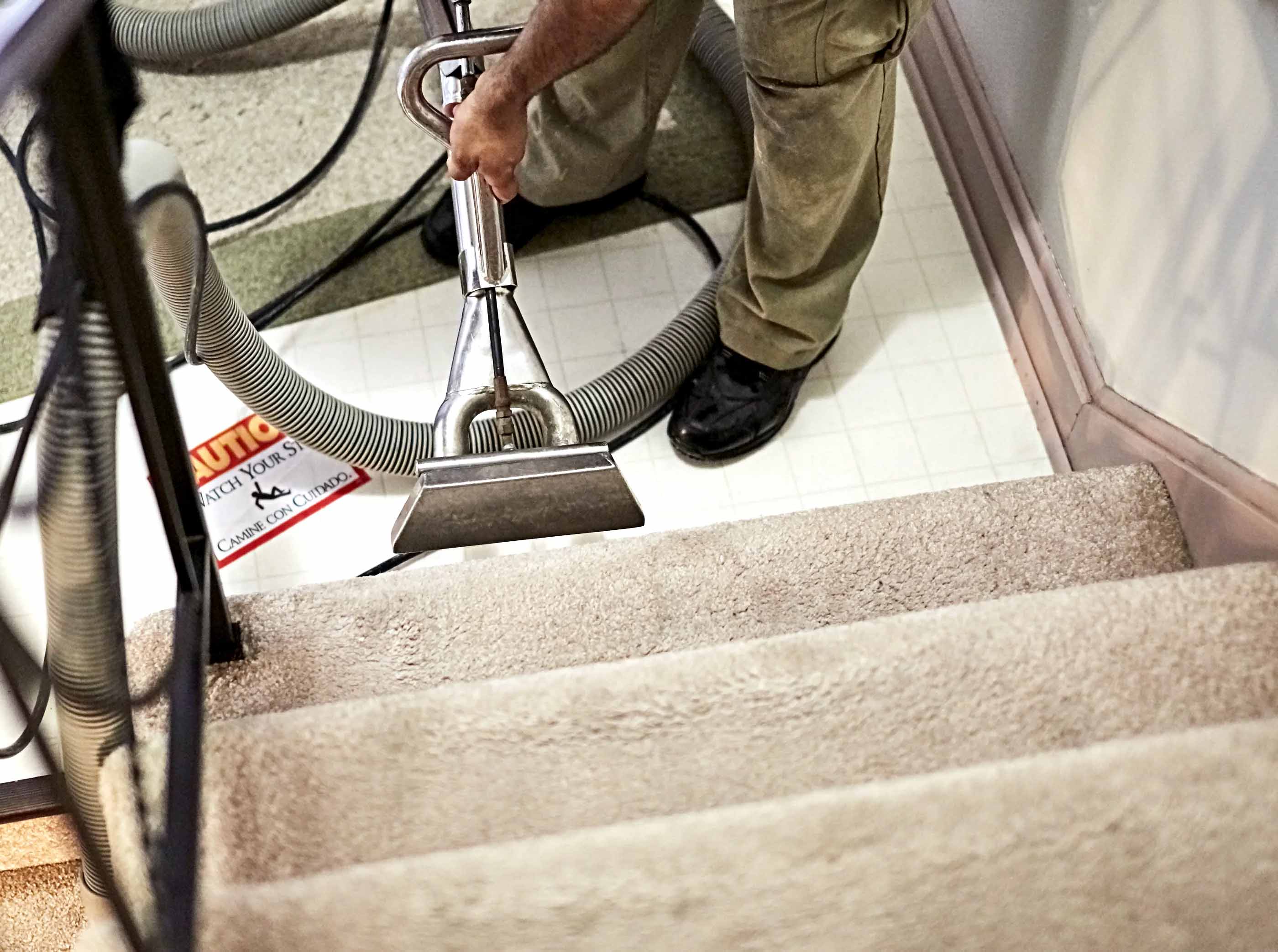
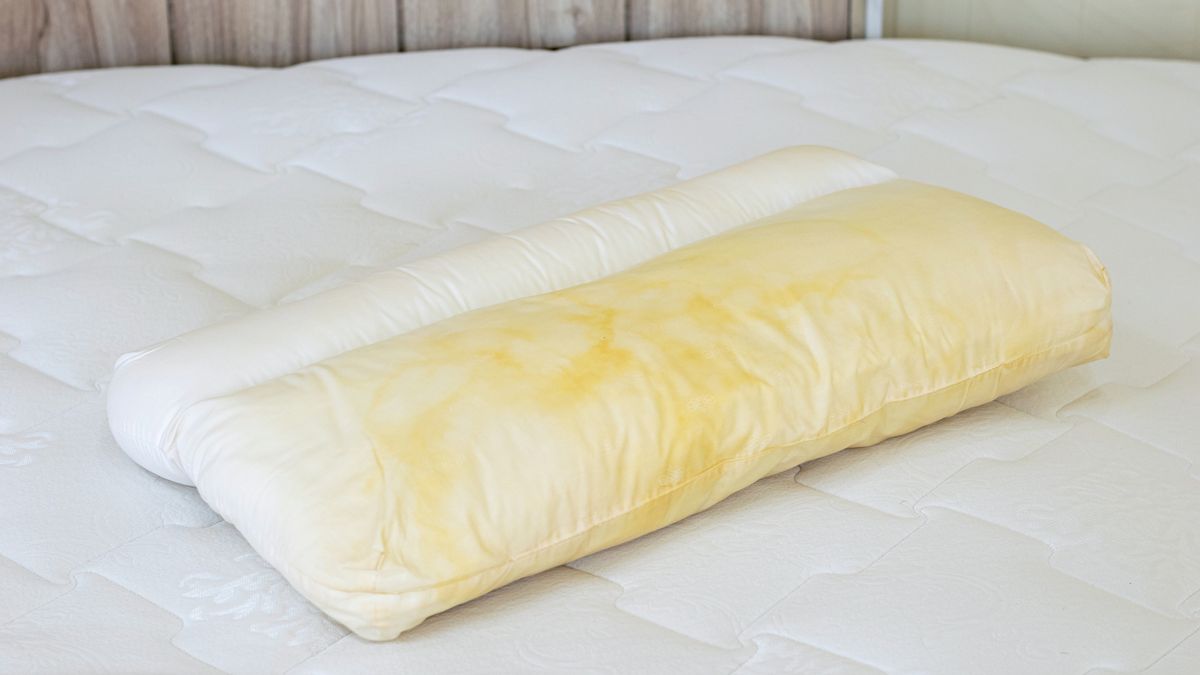
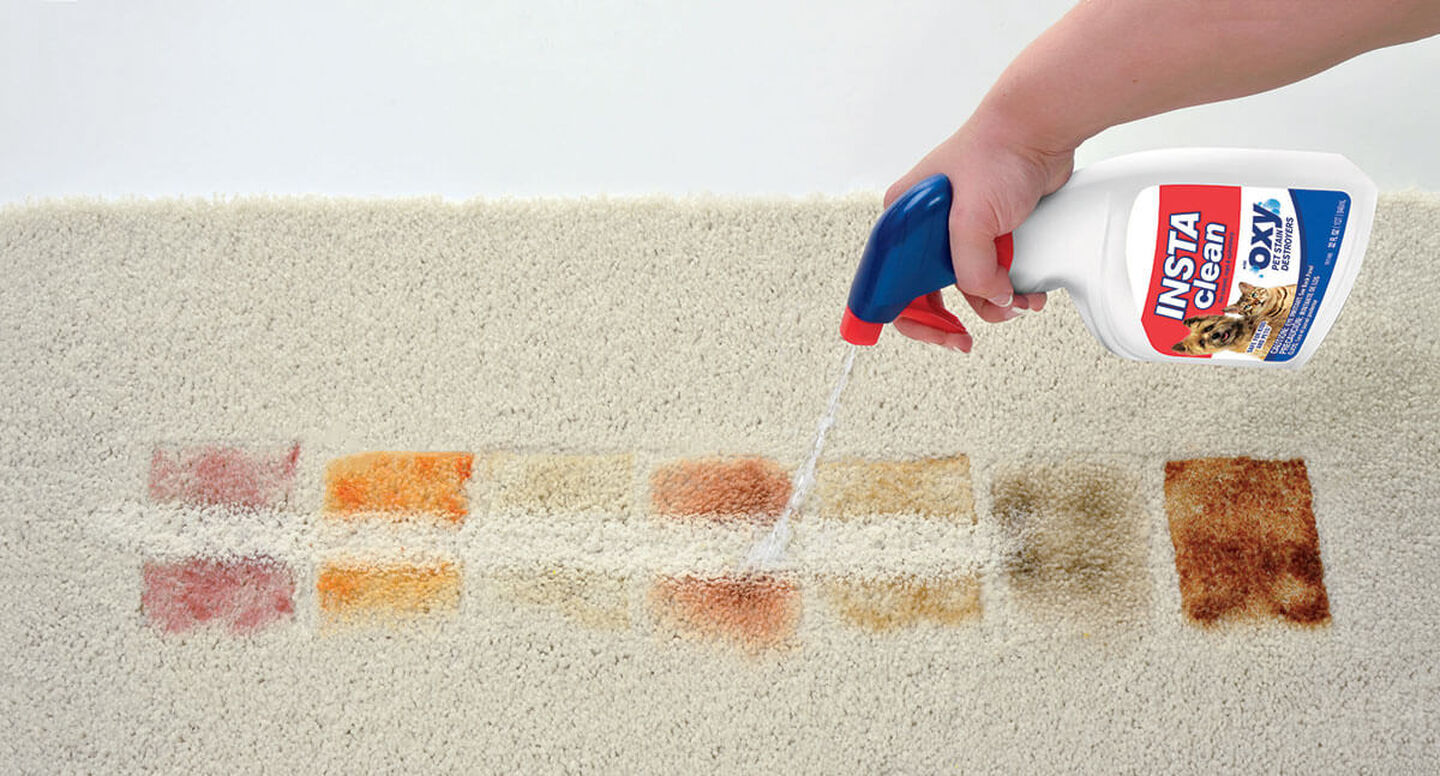
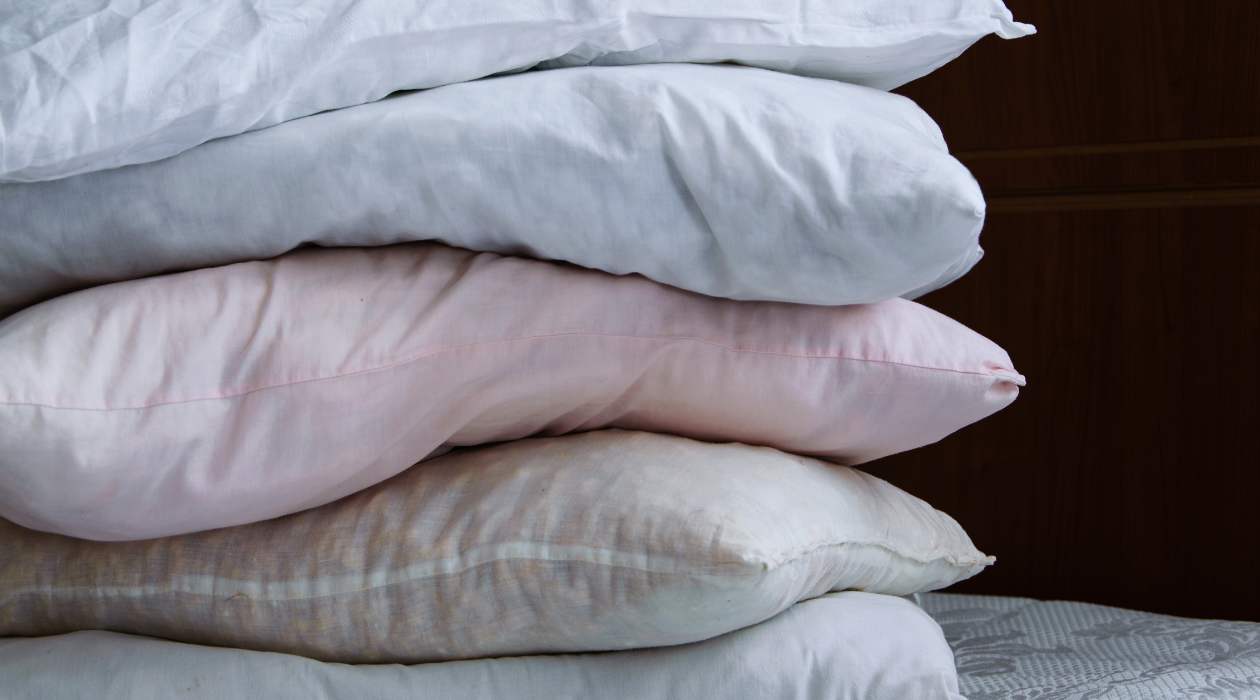
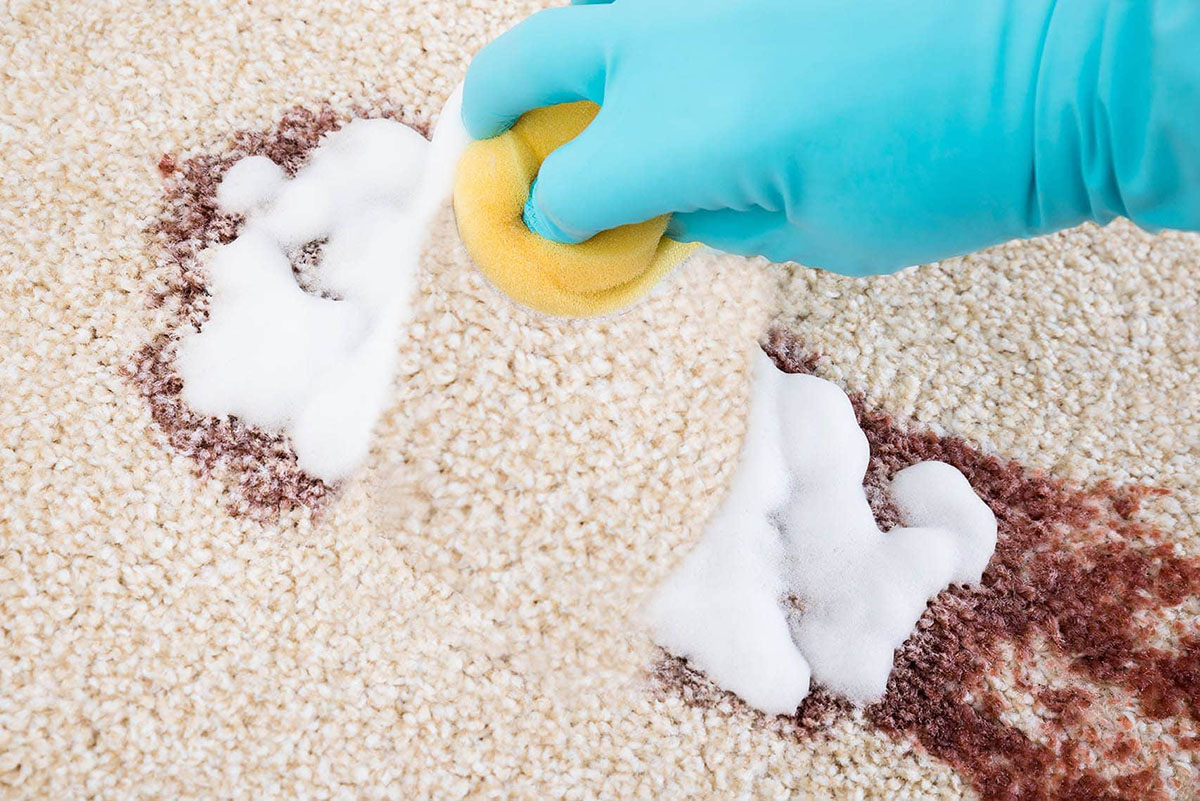

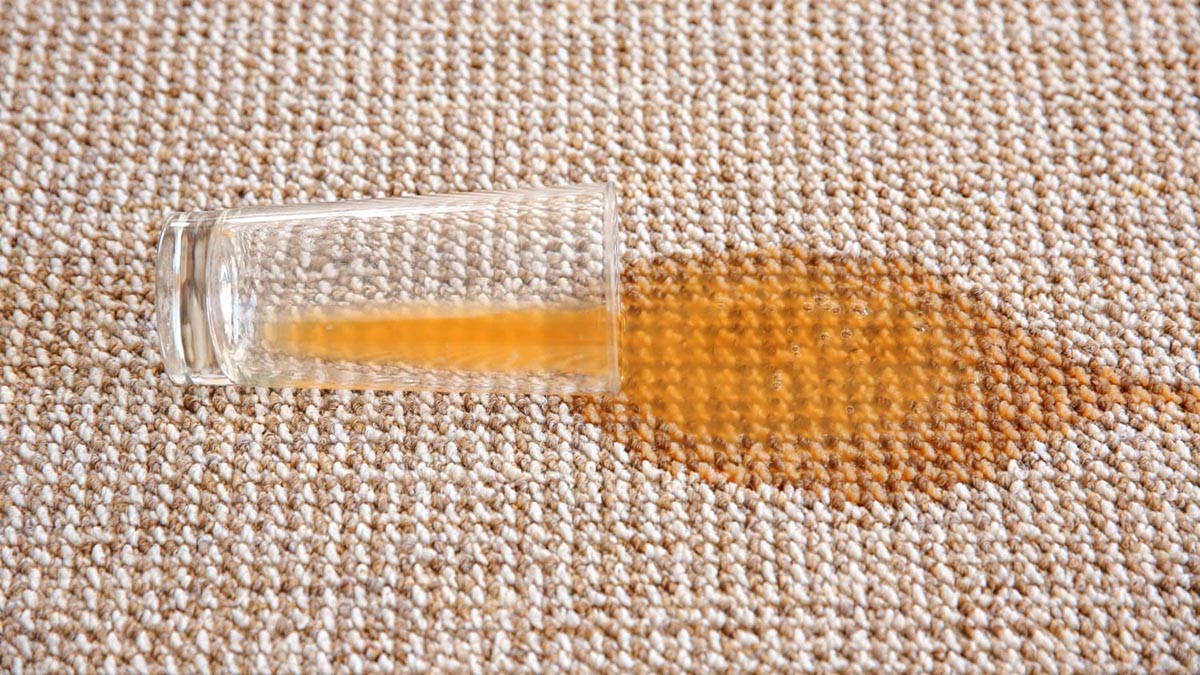

0 thoughts on “How To Get Water Stains Out Of Curtains”